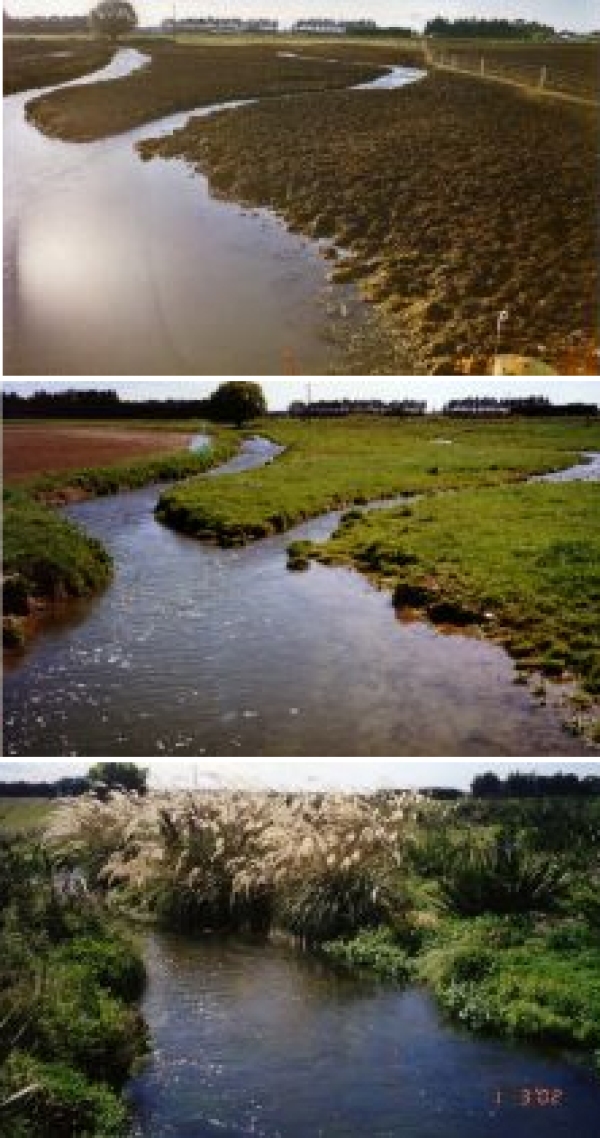Management of stream riparian areas - including vegetation and stock access - influences the health of streams and downstream water bodies.
Instream and downstream effects include:
- stream temperature and plant growth
- sediment, pathogen and nutrient levels
- food webs
- physical habitat
- flood control
- aesthetics
- recreational use.
The importance of these various functions of riparian areas varies greatly depending on stream and land characteristics and the local waterway management issues. Effective management is enhanced by targeting of key riparian functions.
NIWA has developed Riparian Management Classification (RMC) as a tool to move beyond “one size fits all” approaches to riparian management and hence to improve its effectiveness for protecting and restoring aquatic ecosystems from land-use impacts.
Reference and field manuals have been developed to guide RMC application in collaboration Environment Canterbury and training courses on the application of the RMC in targeted riparian management are run annually by NIWA.
RMC reference manual (PDF 5.1 MB)
Field manual for RMC (PDF 5.5 MB)
More about RMC and a sample map
A report for Environment Canterbury describes the development and potential use of RMC. (We recommend right-clicking the link and opening the PDF outside your browser.)
Riparian Management classification for Canterbury streams (PDF 2 MB)

